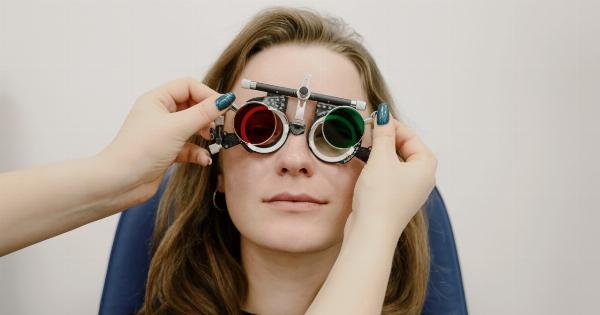Glaucoma is a serious eye condition that can lead to permanent vision loss if not detected and treated early. This disease damages the optic nerve, which is responsible for transmitting visual information from the eye to the brain.
Unfortunately, glaucoma often has no symptoms until it is in the advanced stages, making early detection crucial.
The good news is that most insurance policies include coverage for glaucoma diagnosis and treatment. This coverage can help you receive the necessary medical care without breaking the bank.
In this article, we’ll take a closer look at what insurance coverage for glaucoma entails.
Diagnosing Glaucoma: Covered Tests and Procedures
Diagnosing glaucoma requires a comprehensive eye exam by a qualified eye doctor. During this exam, the doctor will check your intraocular pressure (IOP), examine your optic nerve, and evaluate your visual field.
Your doctor may also use advanced imaging technologies, such as optical coherence tomography (OCT) or scanning laser polarimetry (SLP), to get a more accurate view of your eyes.
Most insurance policies cover these tests and procedures when they are medically necessary. However, you should always check with your insurance provider to see if there are any limitations or requirements.
For example, some policies may require that you get a referral from your primary care physician before seeing an eye specialist.
Treatment Options for Glaucoma: Covered Procedures and Medications
Treating glaucoma typically involves lowering your intraocular pressure to prevent further damage to your optic nerve. The most common treatment options include medications, laser therapy, and surgery.
Most insurance policies cover the cost of glaucoma medications, which can be taken orally or applied as eye drops. However, some policies may require you to try less expensive generic alternatives before covering the cost of brand-name medications.
Laser therapy, such as selective laser trabeculoplasty (SLT) or laser peripheral iridotomy (LPI), is a minimally invasive procedure that can help lower your intraocular pressure.
This treatment is usually covered by insurance, but you should check with your provider to make sure.
If medications and laser therapy do not effectively lower your intraocular pressure, your doctor may recommend glaucoma surgery.
The cost of glaucoma surgery varies depending on the type of procedure and your location, but most insurance policies cover at least a portion of the cost.
Out-of-Pocket Costs for Glaucoma Diagnosis and Treatment
While insurance coverage for glaucoma diagnosis and treatment is comprehensive, there may still be some out-of-pocket costs. For example, you may have to pay a deductible or copayment for certain tests or procedures.
Additionally, some medications may not be covered by your insurance, requiring you to pay for them out of pocket.
If you are experiencing financial hardships, there are options available to help you cover the cost of glaucoma diagnosis and treatment.
Many clinics and hospitals offer financial assistance programs, and you can also speak with your insurance provider to see if there are any resources available.
Conclusion
Glaucoma is a serious eye disease that requires prompt diagnosis and treatment. Fortunately, most insurance policies cover the necessary tests, procedures, and medications to help manage glaucoma effectively.
However, it’s important to understand your insurance coverage and any potential out-of-pocket costs to ensure that you receive the best possible care for this disease.

























